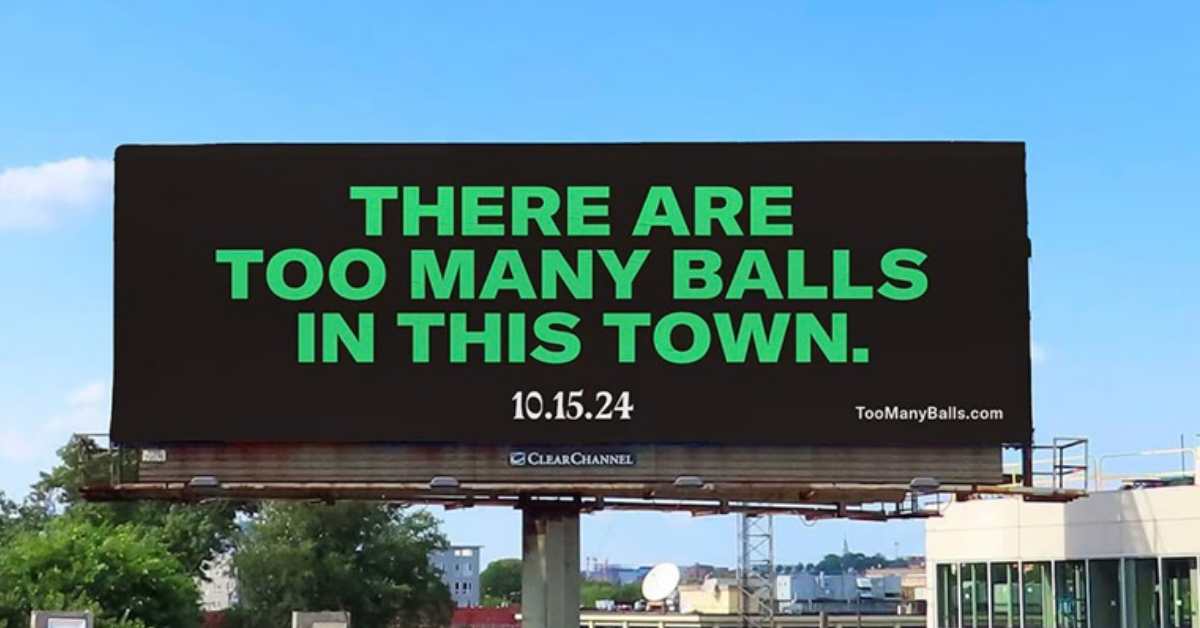I’ve never watched an NBA D-League game and, even as a college hoops junkie, can’t say that I’ve ever been tempted. But I wonder if all of us in the content business should glance at one this winter. Not for the basketball but for the platform on which it will be delivered. It may just be the future – for sports fans and those catering to sports fans.
If you missed it, Google is paying a six-figure rights fee to live stream about 350 D-League games this season. Fans will be able to watch live and archived games on YouTube and the D-League YouTube channel via each of the team’s sites. NBA officials are calling the one-year deal an “experiment,” saying they will be focused on the number of streams and ad revenue generated by the games. But I suspect the experiment goes much deeper and has much broader implications. It’s an initial, albeit small, test of a digital distribution channel’s viability as a rights holder for a major sports property. An “experiment” to see how far away Google – or another digital media entity (Apple?) – is from a legitimate bid for the rights to televise NBA games. Or, from Google’s standpoint, any of the big four professional leagues here in the U.S., or soccer to a global audience.
It probably won’t take hold by 2016, when Turner’s and ESPN’s current NBA deals expire. But don’t think for a minute it’s not headed that way. It wasn’t too long ago that it seemed laughable that cable outlets would make a bid for NFL – or any other – rights. Maybe it’s 2020 with the Olympics or 2022 with the NFL and World Cup.
Don’t get me wrong. I’m not suggesting that we’re all going to be huddled around a desktop watching LeBron’s golden years. But a new generation of fans is spending more and more time online. In the current issue of ADWEEK we read that 58% of people reported watching TV “a few times a week,” whereas 18% watch on mobile and 11% on tablets. Consider where those numbers were and where they’re likely going. Children are exposed to digital media – and increasingly mobile platforms – from the moment they can sit up. And they have the expectation of watching video here, there and everywhere (What do you mean there’s no wireless is a phrase that will go the way of records and VCRs). And YouTube is one of the centerpieces with more than 800 million unique visitors and 4 billion hours of watched video each month. There shouldn’t be an expectation that sitting on the couch in front of the TV is going to be the only (even primary) way that fans watch games.
The content ecosystem recognizes this. Just look at Google’s experiment in Kansas City. Google Fiber is said to be 100 times faster than today’s broadband and delivers “crystal clear high definition TV.” SMART TVs already come embedded with apps like YouTube, and the rumored release of Apple TV (spring 2013?) could further transform this distribution. Or enter Google Glass, the technology that would provide the eponymous company an unencumbered path from rights to delivery to distribution platform to hardware device.
We already have some of this, right? Apps like WatchESPN that allow us to, say, catch the first half of College Football Gameday during your daughter’s dance class. But Google would bring something entirely new. Massive customization. Its trove of data allows for the creation and delivery of an experience that fits how you want to watch games. Do you want running stats? Are you engulfed by Twitter? Are you constantly searching for other content? Whether on your phone, your tablet, your laptop or your TV, the delivery is teed up for how you want it. Customize that YouTube channel – from your TV to your tablet – so that it delivers just what you want. For Google, this means an explosion in new customer insight. Think of the increase in Big Data if Google had access into how we consume sporting events.
That is the challenge, and the opportunity, for advertisers. Customization of sporting events, just like everything else, is accelerating. Advertisers will be able to dial down even further when trying to reach an audience that consumes sporting events. Will we soon have the expectation that we can sit in the stands at Gillette Stadium and still watch NFL Red Zone via the YouTube player on our Google Nexus? As advertisers and content creators, we must constantly think of ways to leverage this shift to reach customers, while being nimble enough to adjust as these platforms evolve. Just because sports continues to thrive on TV, doesn’t mean that it’s not headed for an overhaul. TV isn’t going away, but it will have a different look and feel. We must be thinking of new ways to display – and create – content in order to maximize engagement with our audiences.
I wonder if a brand like Pepsi gets it. Sure, the Elton John Super Bowl ad was dreadful (and the complete antithesis of future success). But the Kyrie Irving “Uncle Drew” videos (here and here) are genius. Fun, compelling, medium-length stories that effectively use video. They keep you engaged, integrate the brand and can be leveraged across any digital platform. Will Ferrell must see the potential, having devoted a division of Funny or Die just to commercial production. If a digital media company like Google were to gain rights to a major sports property, this is precisely the type of content that will appeal to that audience and fit naturally within the various platforms. The key in the near term is experimentation, even if you don’t have the budgets of these major brands. Ads will need to be more interactive, providing opportunities for consumers to initiative multimedia and other content. They need to be better integrated into the viewing experience, perhaps used as vehicles to drive viewers to additional, premium content.
Will Google or Netflix, Apple or Facebook ever outbid the TV networks for one of these properties? No idea. But, you know those properties are begging for the interest. Another bidder means more revenue, which means richer owners and richer players (and higher ad rates).
These tectonic shifts generally start small. Little experiments designed to identify strengths and solidify weaknesses. They seem all 2001 until, well, it suddenly is 2001. And so I give you the NBA D-League. The future? Or just a facade?





